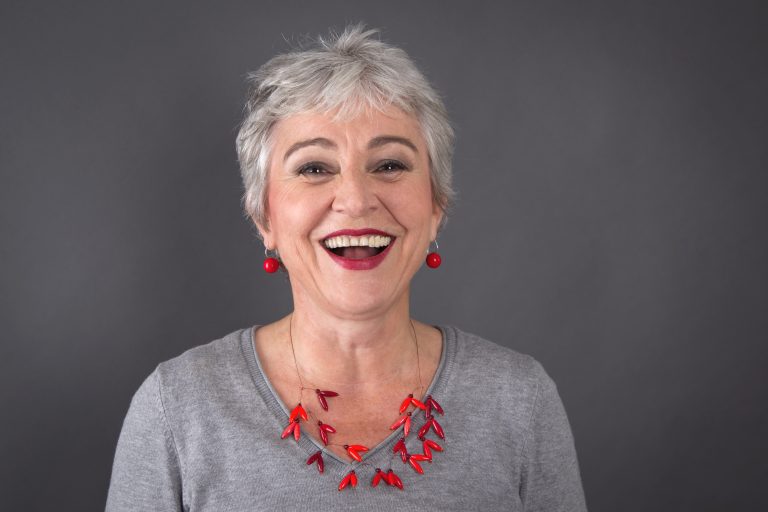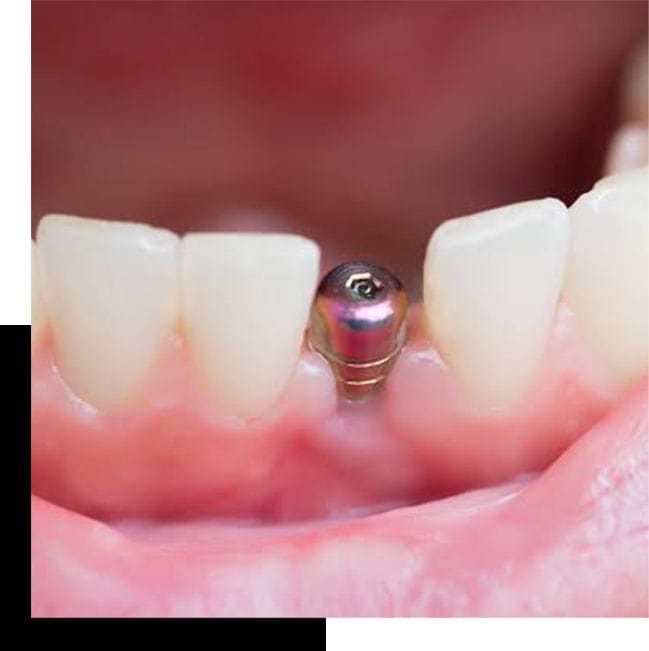Facts We Must Know About Older Adult Oral Health
According to the US Census the number of US adults aged 65 years or older is expected to reach 98 million. Consequently, forming 24% of the overall population by 2060. Based on the facts, older adult Americans with the poorest oral health tend to be those who are economically disadvantaged, lack insurance, and are members of racial and ethnic minorities. Also, being disabled, homebound, or institutionalized (e.g., seniors who live in nursing homes) increases the risk of poor oral health. In fact, many older Americans do not have dental insurance because they lost their benefits upon retirement and the federal Medicare program does not cover routine dental care.
Oral health problems in older adults include the following:
- Untreated tooth decay. Nearly all adults (96%) aged 65 years or older have had a cavity. Accordingly, 1 in 5 have untreated tooth decay.
- Gum disease. A high percentage of older adults have gum disease. Accordingly, about 2 in 3 (68%) adults aged 65 years or older have gum disease.
- Tooth loss. Nearly 1 in 5 of adults aged 65 or older have lost all of their teeth. Complete tooth loss is twice as prevalent among adults aged 75 and older (26%) compared with adults aged 65-74 (13%).Missing teeth or ill fitting dentures can adversely affect nutrition. Generally, processed food may be easier to chew with no teeth but they are less nutritious than fresh fruits, vegetables, meat, and fish.
- Oral cancer. Cancers of the mouth primarily affect older adults; Furthermore, the median age at diagnosis is 62 years.
- Chronic disease. Most older Americans take both prescription and over-the-counter drugs; many of these medications can cause dry mouth. Reduced saliva flow increases the risk of cavities.
Article from: cdc.gov
Lorin Berland, DDS



